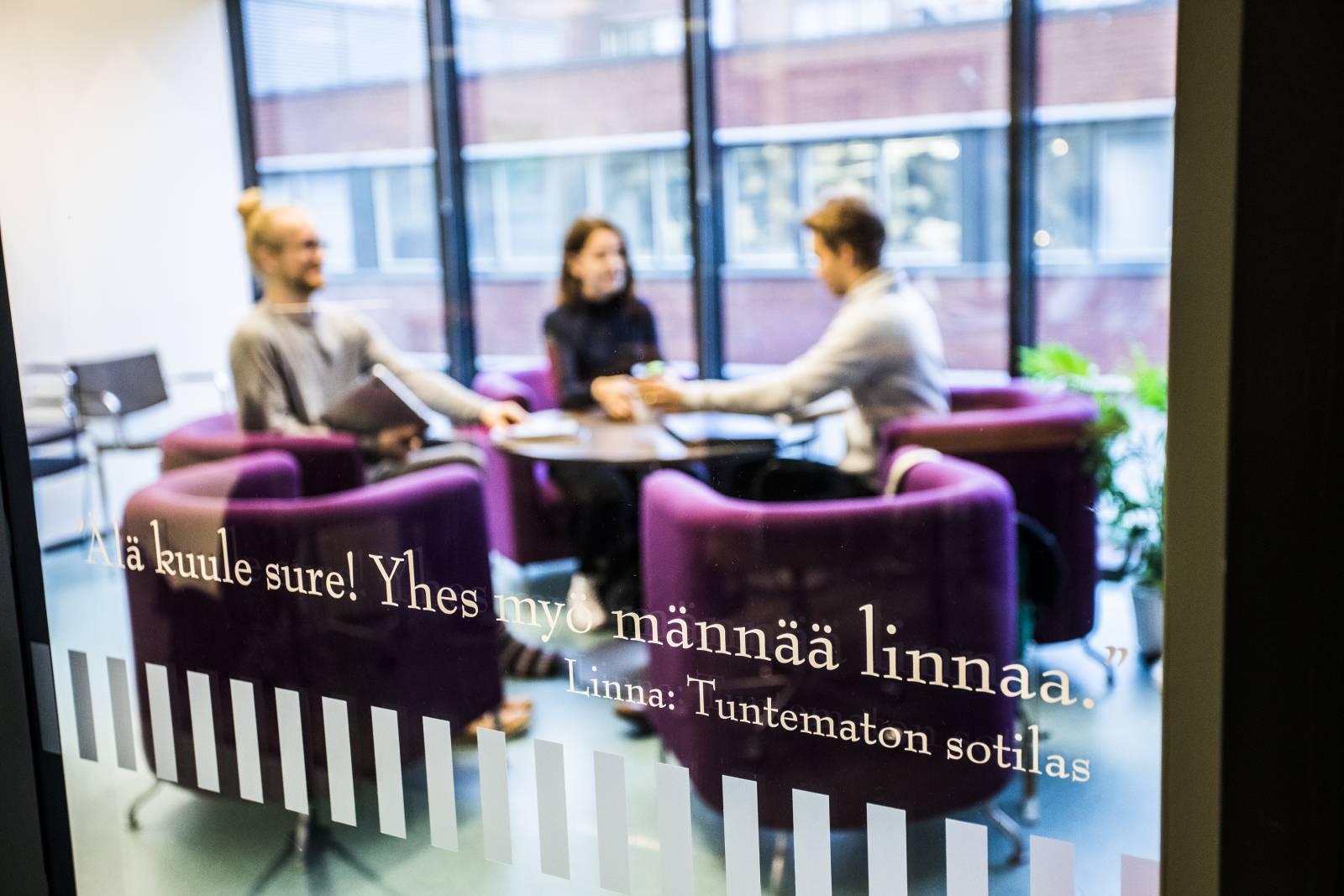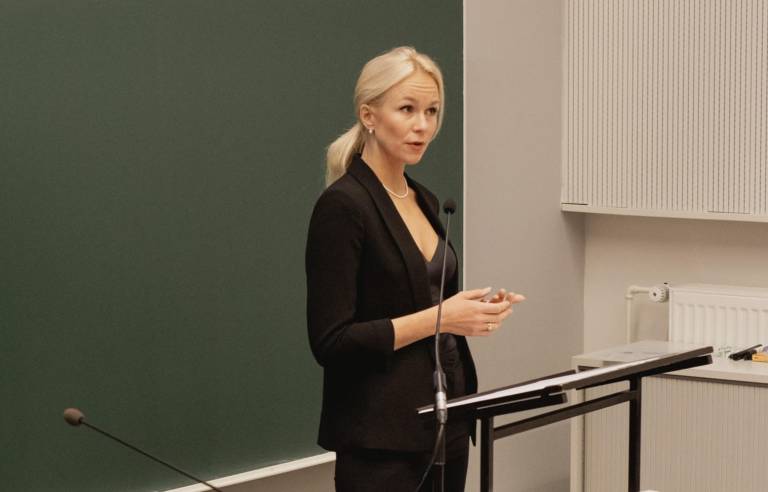The blog post was originally published in Teaching and Learning Centre’s blog in February 23, 2022.
At first sight, the problems encountered by supervisors and supervisees in doctoral supervision are manyfold and dissimilar. One drops out without a word, another feels their work has been mischaracterized, a third that their supervisor or supervisee is using the ideas of the other without giving adequate credit. Supervisors who are not dictators drunk on their powers to control the supervisee are distant and lazy, and if they’re not then sure the supervisees are.
Yet delving into these problems during a peer-driven course among supervisors and future supervisors (some of whom have not supervised yet so use their own experiences as supervisees as the basis for discussions) reveals that behind these wicked problems run a constant stream of uncertainty, confusion, idealized but unspoken hopes and ambitions (personal and institutional), and misperceptions about how life “at the other side” of the supervision table is, and how the relationship looks from there.
Two doors can, in my personal analysis of the many discussions during supervision courses, open these problematics and, while not abolishing any problematic situations, at least make them less likely to spiral out of control by giving some common frame of reference for handling it.
Expectation management is one of these doors, and to get to it, you need to go through the other, communication – communication about what is unclear, uncomfortable, unspoken, unexplored, undervalued.
Doctoral programs are changing, old ways of doing are no longer sustainable (or, said in another way the resources not prioritized to make them feasible as academia is casualized), and neither part knows well what the parameters for the relationship are, so both sides are likely to build on a background map made from free-floating ideas, past experiences, ideas about what the rules may, or should be, guesses at what the other part may think and want, resulting in a not very well-defined, emotionally laden, and potentially inflexible approach to the relationship.
Untying this knot requires exploring and defining common sets of expectations like how we do meetings, how frequently, how much text, how many times can a text be reviewed, what standard should it be up to when submitted for discussion, are meetings about professional critique or social support, how many others are competing for the attention of either party (kids, other supervisees, tenure committees or other intervening factors). If nothing is taken for granted and left unspoken, problems that occur (because problems will occur) will have a much clearer reference to fall back on – who didn’t communicate as agreed, prepare as agreed, remember to ask for changing this or that aspect to accommodate new life situations or increasing professional training and identity? Which understandings turned out to be impossible in practice, or were misguided from the get-go? Problem-free doesn’t exist, but common understandings do, and they make the problems concrete, bounded, and discussable. Dive in, explore, and see what you find.
Rune Saugmann Andersen
University Lecturer, Academy Research Fellow (Post-Visual Security), Tampere University
Docent in Media and Communications, University of Helsinki






Kommentit